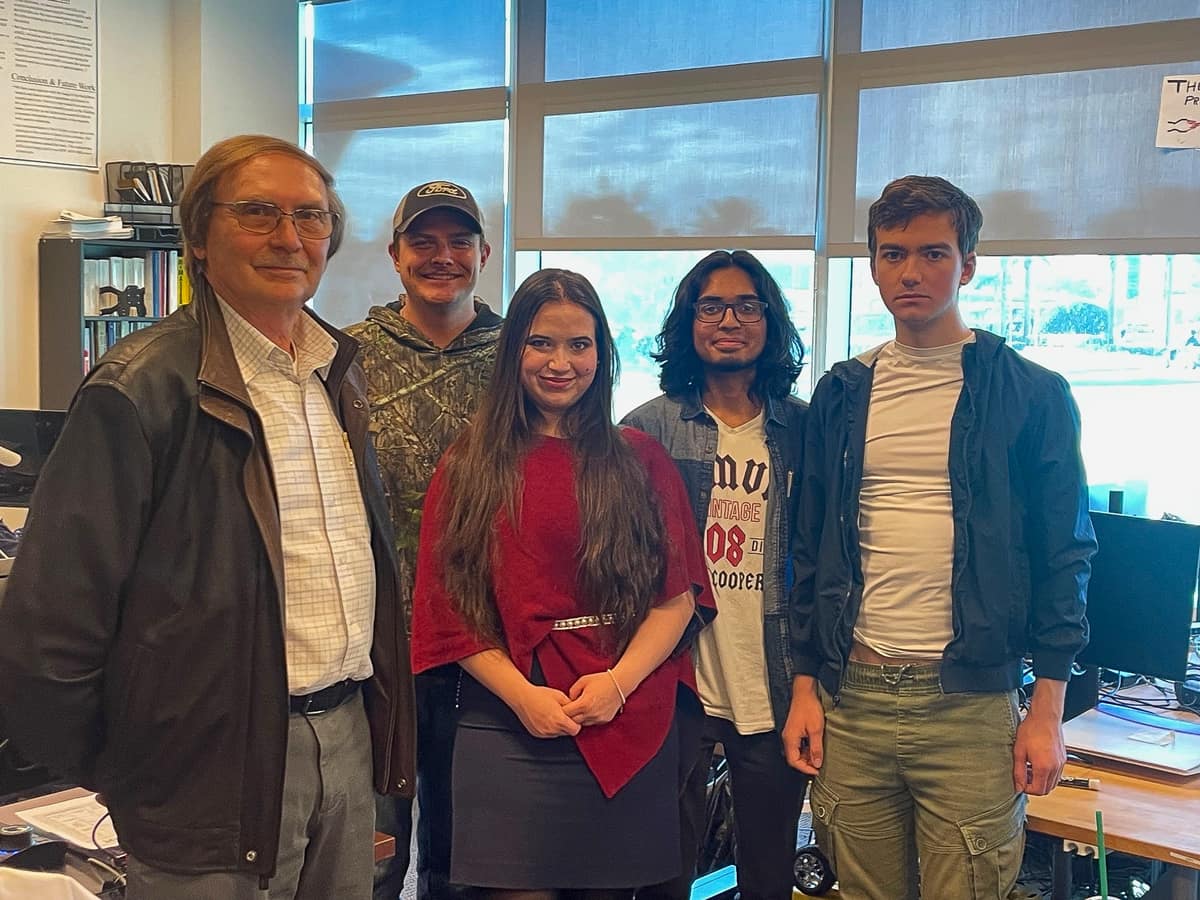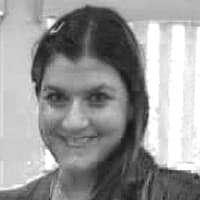Eagle Team Maps the Moon in NASA Lunar Autonomy Challenge

A team of four Embry-Riddle Aeronautical University students have been selected to compete in NASA’s Lunar Autonomy Challenge, which tasks students with developing navigational software for a rover to map the moon’s terrain.
The Embry-Riddle team earned a spot among the competition’s 31 top teams, which includes teams from Stanford University, Harvard University, the Massachusetts Institute of Technology and Carnegie Mellon University. The undergraduates hope to advance to the final round in May for a chance to win a top prize of $10,000.
The competition challenges students to use a digital twin of NASA’s lunar mobility robot, the ISRU Pilot Excavator (IPEx), to create software that allows the rover to virtually explore and map the lunar surface. The robot is required to perform set actions without human intervention under the moon’s harsh, low-light conditions.
The challenge is a collaboration among NASA, the Johns Hopkins University Applied Physics Laboratory, Caterpillar Inc., and Embodied AI.
Katherine Campbell, a sophomore Engineering Physics student from Ft. Worth, Texas, who has been interested in space since she was a child, said she jumped on the opportunity to gain real experience working on a NASA lunar project.
“Everyone knows that you learn best by doing and applying your knowledge,” Campbell said.
The team — which also includes students Gregory Dsouza, Devon Casados and Marshall Yelvington — worked quickly to complete their proposal by the competition deadline. Campbell said one key to their success was the support of advisor Dr. Sergey V. Drakunov, director of Embry-Riddle’s Engineering Physics Propulsion Lab and a professor of Engineering Physics.
“Engineering projects are a huge educational component,” said Drakunov. “When students are working on a project and they see the need for specific knowledge, if they don’t know, then they find out from each other or research it.”
Yelvington, a sophomore Engineering Physics student from Jacksonville, Florida, said many of the tools the team is using for object detection and navigational mapping for the competition are available to them in the EPPL lab. He said his work on the project connects well to his interest in geospatial data.
“I’m learning a lot about control theory and about navigation in the absence of GPS,” said Yelvington, who would like to eventually work in the satellite systems industry.
The team also was supported by Jay D’Amico, who is the CEO of Louisiana Steam Equipment Company, the industrial sponsor of Embry-Riddle’s Engineering Physics Propulsion Lab. To start the Lunar Autonomy Challenge competition, the students urgently needed a computer that met NASA requirements, and the company purchased the technology for them, said Drakunov.
Casados, a junior Aerospace Engineering student from Albuquerque, New Mexico, said he’s learned a lot about computer programming on the project, which will help him overall as an engineer.
“I’m mainly into rocket propulsion, but I’ve learned different ways to use MATLAB software while working on this project,” said Casados, who wants to work in research in the defense industry.
Dsouza, a senior Mechanical Engineering student from Dubai, said he is learning new mapping and image processing skills. He is on the biomedical engineering track, with a focus on using imaging in medicine, but he said this project is allowing him to tackle visuals from a different perspective.
One of the team’s key strengths is that its members bring a mix of talents and knowledge to the project, he said.
“This team is very interdisciplinary,” said Dsouza, “so we bring a lot of different thinking styles and perspectives.”

 Melanie Stawicki Azam
Melanie Stawicki Azam